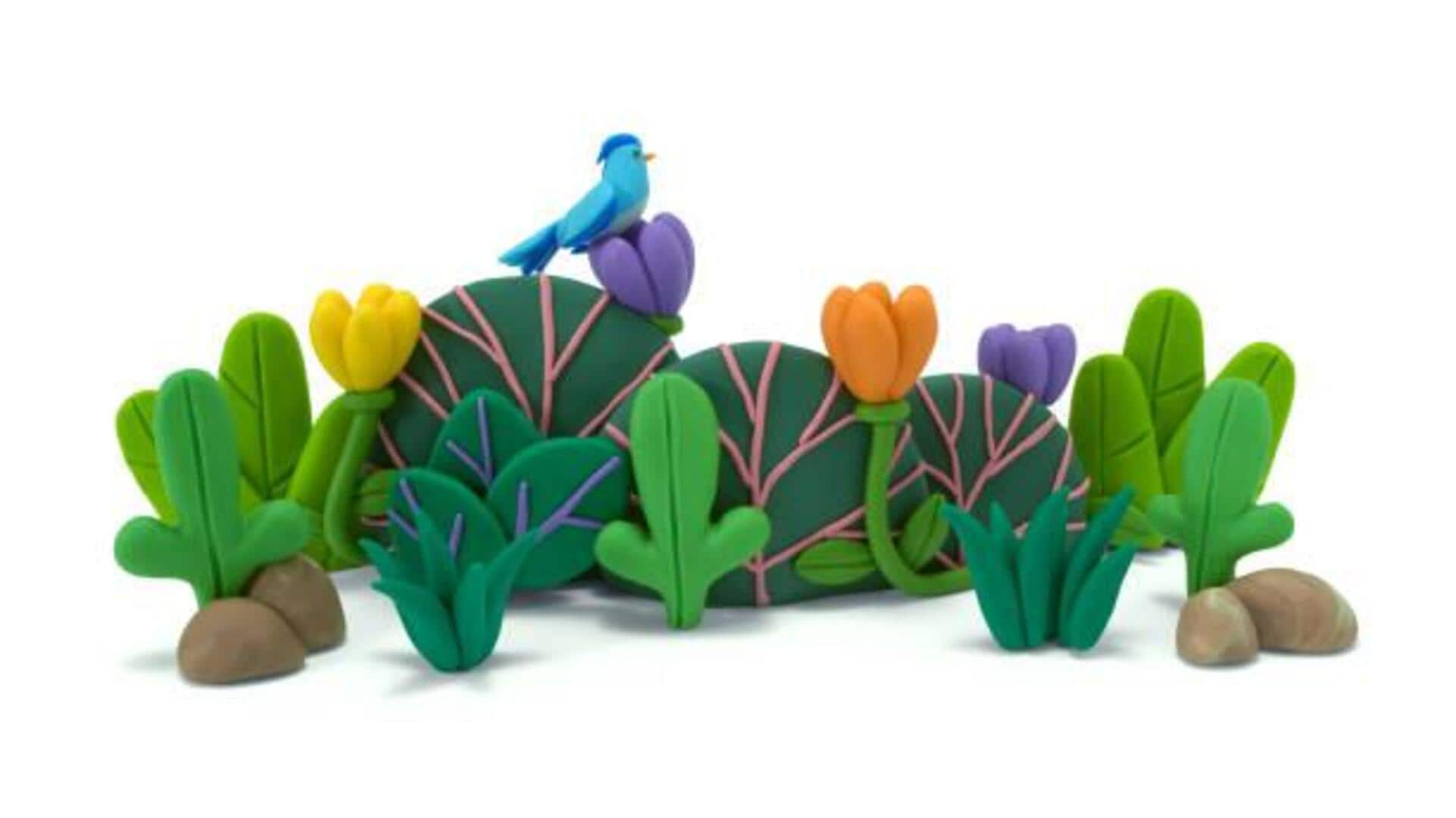
How to make authentic clay figurines
What's the story
African clay figurines are a beautiful representation of the continent's rich cultural heritage. These handcrafted beauties, made with indigenous techniques, are a testament to the artistic skills passed down through generations. Using locally sourced materials and traditional methods, artisans create unique pieces that reflect the diversity and history of African communities. Here's a look at the techniques and materials used in crafting these timeless treasures.
#1
Sourcing local clay
Local clay is the most important material for making African figurines. Artisans source clay from riverbeds or hillsides, where it is available in abundance. The clay is then cleaned of impurities by washing and sieving it before use. This ensures that the final product is strong and durable. The use of local resources also keeps the cost low and supports sustainable practices within communities.
#2
Traditional shaping techniques
Shaping is a key step in creating African clay figurines. Artisans often use their hands or simple tools to shape the clay into desired forms. Techniques vary by region, but most involve coiling or pinching methods to create detailed features. These techniques allow for intricate designs that capture cultural symbols and motifs unique to different tribes.
#3
Natural pigments for coloring
Natural pigments are used extensively to color African clay figurines. These pigments are derived from minerals or plants found locally. For example, red ochre or charcoal might be used for earthy tones, while plant extracts could provide vibrant colors like green or yellow. The use of natural pigments not only enhances the aesthetic appeal but also maintains cultural authenticity.
#4
Drying and firing processes
After shaping and coloring, figurines go through drying and firing processes to become solid. They are left to dry under the sun or in shaded areas until moisture content reduces significantly. Once dried, they are fired in open kilns at high temperatures, which makes them durable enough to withstand handling without breaking easily.